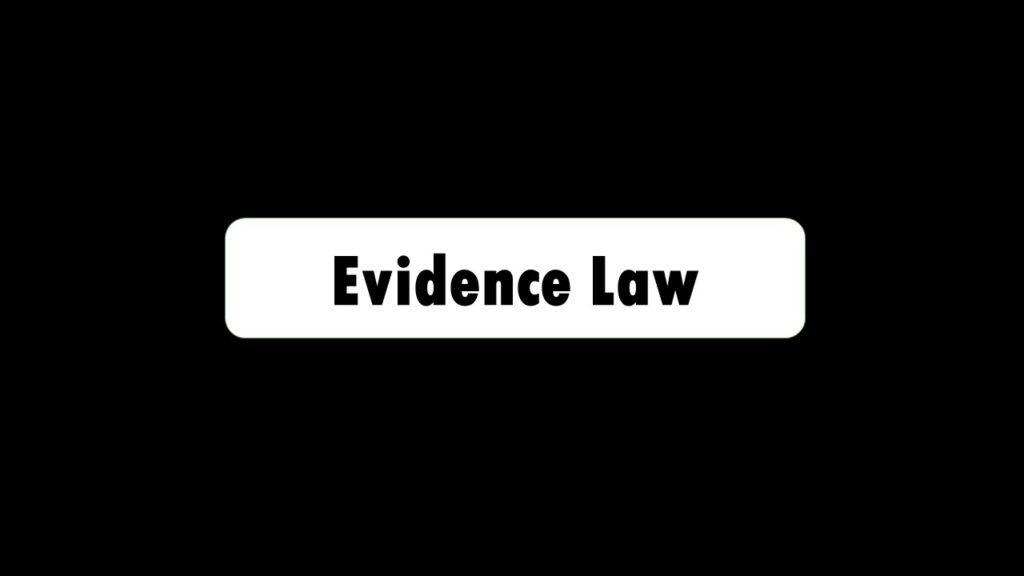Surajdeo Mahto and Anr. vs. The State of Bihar [Criminal Appeal No. 1677 of 2011]
Once the fact of last seen is established the Accused must offer some explanation his departure
29. The case of the prosecution in the present case
heavily banks upon the principle of ‘Last seen theory’. Briefly put, the last
seen theory is applied where the time interval between the point of when the
accused and the deceased were last seen together, and when the victim is found
dead, is so small that the possibility of any other person other than the
accused being the perpetrator of crime becomes impossible. Elaborating on the
principle of “last seen alive”, a 3-judge bench of this Court in the case of Satpal
v. State of Haryana has, however, cautioned that unless the fact of last
seen is corroborated by some other evidence, the fact that the deceased was
last seen in the vicinity of the accused, would by itself, only be a weak kind
of evidence. The Court further held:
“……………..Succinctly
stated, it may be a weak kind of evidence by itself to found conviction upon
the same singularly. But when it is coupled with other circumstances such as
the time when the deceased was last seen with the accused, and the recovery of
the corpse being in very close proximity of time, the accused owes an
explanation under Section 106 of the Evidence Act with regard to the
circumstances under which death may have taken place. If the accused offers no explanation,
or furnishes a wrong explanation, absconds, motive is established, and there is
corroborative evidence available inter alia in the form of recovery or
otherwise forming a chain of circumstances leading to the only inference for
guilt of the accused, incompatible with any possible hypothesis of innocence,
conviction can be based on the same. If there be any doubt or break in the link
of chain of circumstances, the benefit of doubt must go to the accused. Each
case will therefore have to be examined on its own facts for invocation of the
doctrine.”
30. We may hasten to clarify that the fact of last
seen should not be weighed in isolation or be segregated from the other
evidence led by the prosecution. The last seen theory should rather be applied
taking into account the case of the prosecution in its entirety. Hence, the Courts
have to not only consider the factum of last seen, but also have to keep in
mind the circumstances that preceded and followed from the point of the
deceased being so last seen in the presence of the accused.
35. Counsel for the State appears to be right in
relying upon the decision of this Court in Kashi Ram (Supra) to assert that
once the fact of last seen is established, the Accused must offer some explanation
as to the circumstances in which he departed the company of the deceased. This
position of law, as covered under section 106 of the IEA, was duly considered
in the case of Satpal Singh (Supra), wherein, this Court clarified that if the
accused fails to offer any plausible explanation, an adverse inference can be
drawn against the accused. In the instant case also, Appellant No.1 has been unable
to offer any explanation as to circumstances in which he departed from the
company of the deceased.
